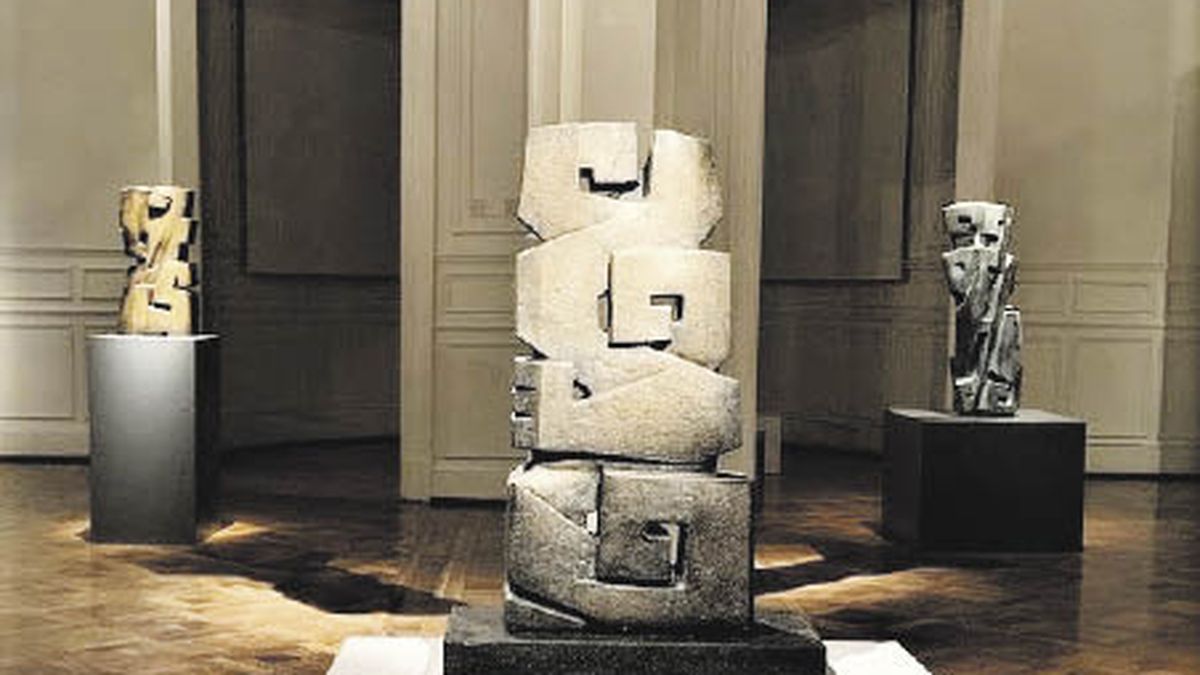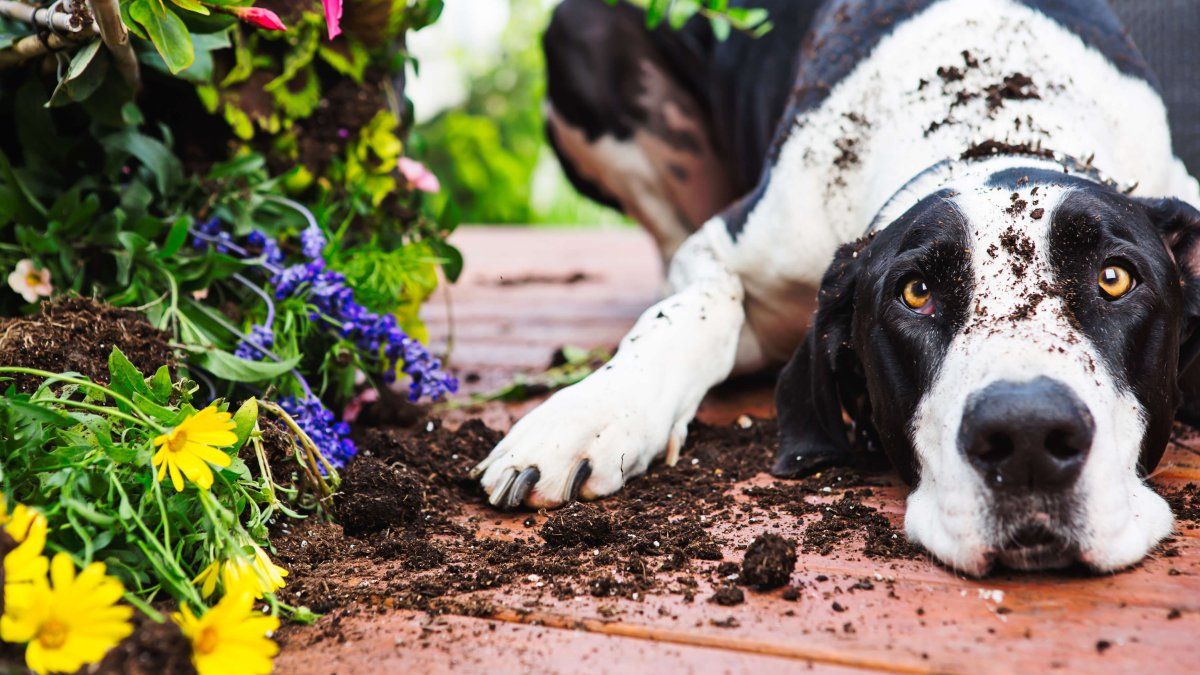As moved by the work as by the life and ideas of the artist, Andreussi highlights, on the one hand, the horror of the Second World War, the extermination of a family, and, on the other, the concepts and passions that they engender the trance of creation and the work -at times forced- that monumental sculpture implies. The tour is chronological and begins with the representation of the tragedy, the torn and figurative forms of the victims of the Holocaust. But Frank learns to sublimate. Exacerbated expressionism disappears with the influence of cubism and pre-Columbian art. The power of her work, which was barely guessed at in the motley Magda Frank Museum, becomes eloquent.
Along with the legacy of a sculpture of fine constructivist lines with a fragile appearance, but with a structure as firm as the bronze that constitutes it, there is a story of the artist. She is in the theater and describes the crucial moment in which she chooses freedom. “Freude, Freude…” she sings the chorus of the Ninth Symphony and it shakes my heart”, she confesses. Her fate put her in the dilemma of preserving her marriage or being an artist, and when her husband asked her to give up sculpture, she let him go. “I knew that when she returned home she would not find him, that she would be gone forever. She gave up happiness,” she concludes.
Loneliness
There is a video that shows his absolute loneliness, but without limits that interfere. There he is she, in her small house with her sculptures and in the inhospitable quarries, choosing the stones, looking at them until imagining a form inside, sketching, chiselling. Two sculptures appear in the recording from the first salon in which she participates in Paris. Then, with humility, but also with pride, Frank’s voice is heard, stating: “I could see that he had already developed his own style, with my strong, closed forms. From my works I took the most detailed figurative motifs, but they were still figures”. Even in the most abstract sculptures of him is the man. And if Romanian Brancusi’s theme is the kiss, Frank’s is the hug. Both express the same need to assert themselves in an encounter with the other.
The artist arrived in Argentina in the middle of the 20th century in search of a brother, the only survivor of her family. She was saved from the Holocaust because Raoul Wallenberg, protector of the Jews, sheltered her in a house with a Swiss flag in Budapest. Her career gained momentum in Argentina, but a call from the French government took her back to Paris. There, monumental sculpture was going through a period of splendor. But the great paradox is that when she returned from America, she discovered the pre-Columbian culture in the Museum of Man in Paris and not in Buenos Aires. Fascinated by pre-Columbian art, she was drawn to “the idea that Mother Earth is the life-giving source that gives life to everything and absorbs everything into herself.” And she analyzes the big stones. “I got closer and closer, I carved my first figurine in Argentina. I took it as a starting point for my theme and my rhythm.” Later, when she had the opportunity to make the first of the 22 public monuments of her that are now in Europe, she carves a large marble as a tombstone for her brother. At the base, she carved her epitaph: “‘Spirit of the Mist’, keep the memory of my little brother Béla, tortured by the Nazis.”
French architects demanded their monuments, and praised the solid architecture of the forms. “His art is part of the current abstract trend, it is part of constructivist cubism. The harmonic union of structures with the forms of cubism, contain and express dedicated abstract symbols such as man and woman”, says Jean Baladour. Frank points to the decline of European art and decides to “go back to the prehistory of art and recount what our ancestors told us in contemporary language.” For her part, Ruth Corcuera, a student of Andean art, discovers in her works clear similarities with the figures sculpted on the lintel of the Puerta del Sol in Teotihuacán, “the place where the serpent miraculously learned to fly, that is, where the individual reaches the category of celestial being, by interior elevation”. Finally, the winged presence of his angels responds to the search for peace.
Source: Ambito
David William is a talented author who has made a name for himself in the world of writing. He is a professional author who writes on a wide range of topics, from general interest to opinion news. David is currently working as a writer at 24 hours worlds where he brings his unique perspective and in-depth research to his articles, making them both informative and engaging.




